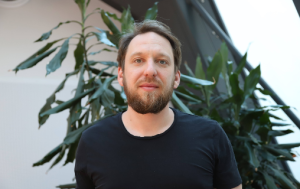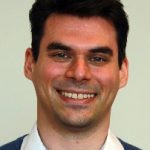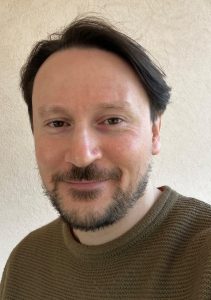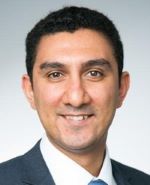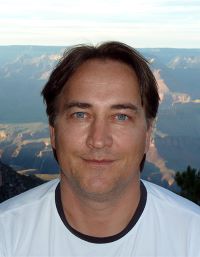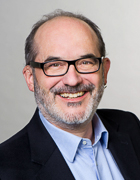Tuesday, June 25, 2024 | 09:00 am (CET) | Room: HS 10 | Alpen-Adria Universität Klagenfurt
Prof. Tamer Khatib | An-Najah National University
Abstract: In order to assure sustainable development, decentralized green management is required through local government units. Such a process required competences that imply behavioral, structural and strategic aspects. Join us to learn more on how to green governments for localized sustainable development.
Bio: Tamer is a photovoltaic power systems professional. He holds a B.Sc. degree in electrical power systems from An-Najah National University, Palestine as well as a M.Sc. degree and a Ph.D degree in photovoltaic power systems from National University of Malaysia, Malaysia. In addition he holds Habilitation (the highest academic degree in German speaking countries) in Renewable and sustainable energy from Alpen Adria Universitat, Klagenfurt, Austria. Currently he is a Full Professor of renewable energy at An-Najah National University. He is also the director of An-Najah Company for Consultancy and Technical Studies. So far, he has 2 patents, 4 books and 140 research articles, while his current h-index is 42. He has supervised 5 Ph.D researches, 19 master researches and 65 bachelor researches. He is a senior member of IEEE, IEEE Power and Energy Society, The International Solar Energy society, Jordanian Engineers Association, and International Association of Engineers.
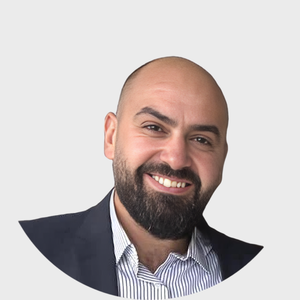 His research interests mainly fall in the scope of photovoltaic systems and solar energy fundamentals. These interests include PV systems design and optimization, modeling and control of PV systems, hybrid PV/Wind systems, hybrid PV/diesel systems, Grid connected PV systems, sun trackers, MPPT technology, inverters in PV system, solar chargers, batteries and charge controllers, solar energy fundamentals, solar energy prediction, AI applications for solar energy and PV systems, wind power systems, wind chargers, wind energy modeling and prediction.
His research interests mainly fall in the scope of photovoltaic systems and solar energy fundamentals. These interests include PV systems design and optimization, modeling and control of PV systems, hybrid PV/Wind systems, hybrid PV/diesel systems, Grid connected PV systems, sun trackers, MPPT technology, inverters in PV system, solar chargers, batteries and charge controllers, solar energy fundamentals, solar energy prediction, AI applications for solar energy and PV systems, wind power systems, wind chargers, wind energy modeling and prediction.
Find the SLIDES on on our slideshare account: https://www.slideshare.net/slideshow/greening-local-government-units-current-status-and-required-competences/269872823

